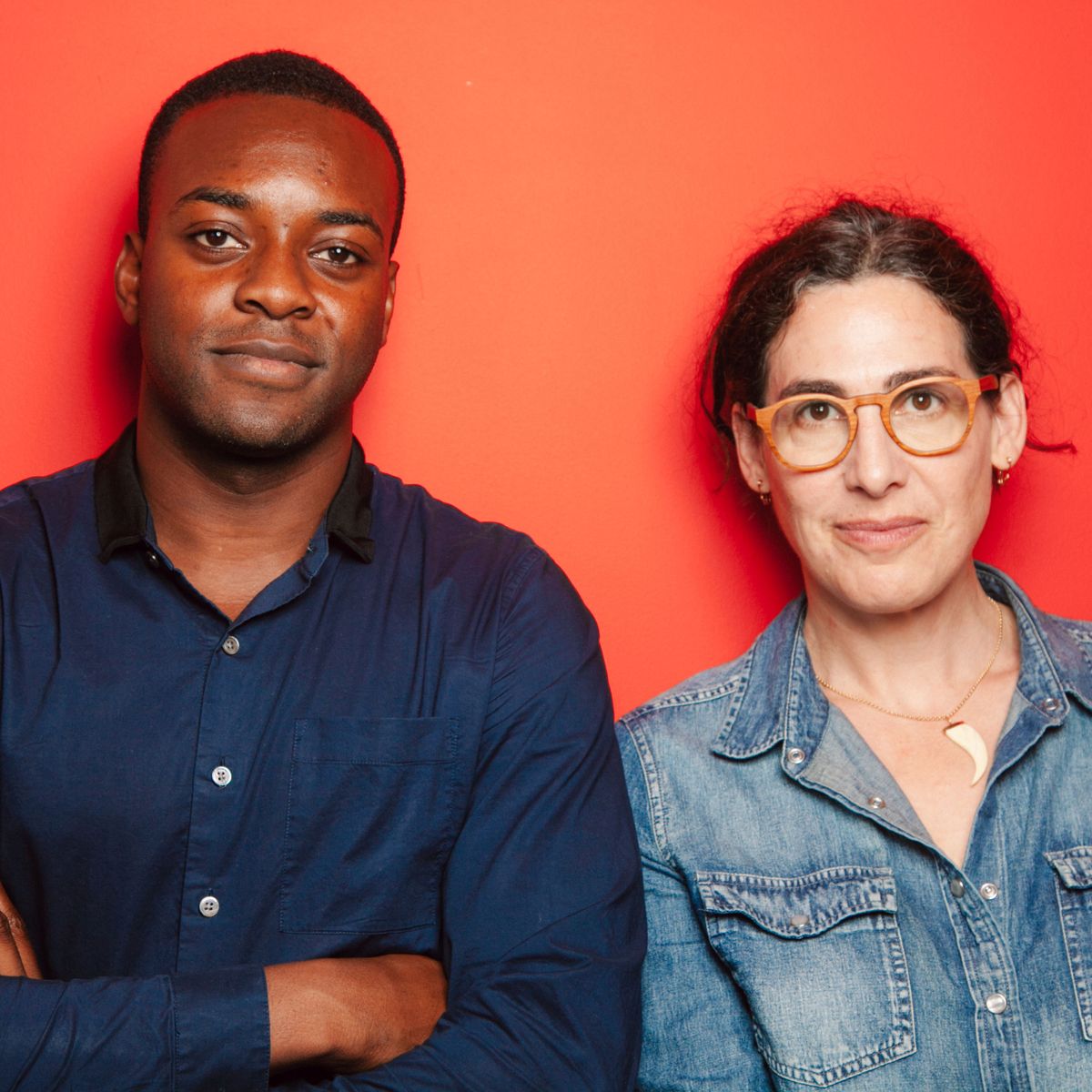
#Why no new serial podcast serial#
Serial killers and their ilk have attracted excessive attention since the rise of mass-circulation newspapers in the early 19th Century. The hysteria surrounding serial killers is nothing new. Why do we build this mythology around these troubled individuals? And what has that fascination taught us about their motivations? Serial killers are responsible for less than 1% of murders in the US each year, and no more than two dozen are “active” at any given time, estimates Scott Bonn, a sociologist and criminologist at Drew University, Madison – yet our fascination far exceeds our concern about more pressing dangers. Harold Schechter, an American true crime writer who specialises in serial killers, calls the popular interest in the subject “a kind of cultural hysteria”. Crime dramas such as True Detective, Dexter, The Fall and The Jinx draw audiences of millions. Guided tours of his killing grounds in east London still attract huge crowds, particularly at night.
#Why no new serial podcast tv#
Jack the Ripper, the most notorious serial murderer of all – perhaps because he was never caught – has been immortalised, with considerable artistic licence, in hundreds of novels, comics, films and TV shows. Interest in morbid crime, and particularly in serial killers, has become pervasive in popular culture. Yet you don’t have to share Schwenk’s preoccupation with the subject to find it fascinating. It is difficult to say what if anything this tells us about Manson’s mind (Schwenk says it was one of their more lucid exchanges). At one point he starts singing Don MacLean’s American Pie. When Schwenk explains he’s at home in Pennsylvania, the celebrity criminal offers some observations about the Amish, after which he rambles from subject to subject in a virtually incoherent monologue that encompasses environmental activism, the Vietnam war, his pre-prison habit of sneaking into big houses (and, it should be said, killing their occupants), all the people who owed him money and what he was going to do to them, and “the new world order”.

It begins with Manson asking Schwenk in a slow raspy drawl where he was calling from. I ask Schwenk to describe some of these friendships and what he finds interesting about them and he fetches a recording of one of his many phone conversations with Manson. These are the ones – the unreformed sexual deviants – who Schwenk’s wife Stacey says she hopes never get released, since they know where she and John live.

He acknowledges that one or two of them are “really scary”. “I’m interested in what possesses somebody to kill another human being, and to do it numerous times,” he says. He has got to know some of these pen pals and even considers a few of them friends. They have sent him locks of hair, a prison shirt, a prison ID card, a set of false teeth, some unused dental floss and other oddities of dark provenance. His most prized items include a portrait by John Wayne Gacy, known as the Killer Clown, a children’s party entertainer who raped and murdered at least 33 boys and young men in Chicago during the 1970s a drawing of a skull by Richard Ramirez, aka the 'Night Stalker', responsible for numerous murders and sexual assaults in California in 19 and several pieces by Charles Manson, leader of the criminal cult the Manson Family, who orchestrated the brutal killing of the pregnant actress Sharon Tate and six others around Los Angeles in 1969.Īs well as art, Schwenk owns thousands of letters from serial killers on death row, many of them addressed to him personally. This is the home of John Schwenk, who collects artworks and artefacts of murderers the way others might, say, rare stamps or film memorabilia. But what sets these works apart is not so much their content as their origins: all of them were painted by serial killers.


Arranged across the four walls of a downstairs room are pictures of injury and mutilation, of skulls in myriad configurations and colours, of women in positions of explicit intimacy, of folkloric landscapes and fantastical animals. In the two-street town of Pennsburg, eastern Pennsylvania, stands a small house with an art collection you’d be unlikely to find in any public gallery.


 0 kommentar(er)
0 kommentar(er)
